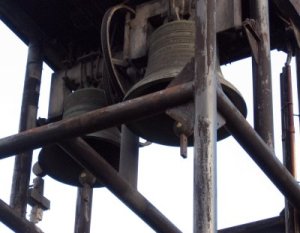 The recent history of religion in the Netherlands is one of continuous secularisation. One interesting phenomenon of that process is ietsism (literally ‘somethingism’), the belief that something must be lurking behind reality, we just don’t know what it is.
The recent history of religion in the Netherlands is one of continuous secularisation. One interesting phenomenon of that process is ietsism (literally ‘somethingism’), the belief that something must be lurking behind reality, we just don’t know what it is.
If that sounds vague, it’s probably because it is. The category ietsism did in fact not exist until 1996, the year in which it was invented by The Netherlands Institute for Social Research who needed a label for a phenomenon that they and others had noticed, the phenomenon that people who aren’t affiliated with any specific religion aren’t necessarily atheists.
Poet Marjolein de Vos said according to Trouw at a symposium about ietsism in 2006: “Maybe there is a mystery that supports our reality. Ietsism is, I believe, another word for ‘searching’.”
Theology professor Gijs Dingemans said about ietsists that they “generally have no great philosophical interest. They would just like to know if somebody is running the show, if somebody will fix things once we’ve messed them up or at least has some kind of control over our chaotic world.”
History professor Christiane Berkvens-Stevelinck has a more positive view of ietsists, who according to her may be “people who are averse to dogma and who have rediscovered the source of an uninhibited philosophical and theological curiosity, namely a sense of wonder for the unknowable, the unseen, the Mystery.”
Interestingly the English language Wikipedia entry about ietsism is called (drum roll) … ietsism. Perhaps Dutch researchers needed the label the most.
In 1998 17% of the Dutch people self-identified as atheists according to the International Social Survey Project, 12% as agnostic and 18% believed in an undefined ‘higher power’.
The chart below shows the development of religious affiliation in the Netherlands. I created this chart based on numbers from Statistics Netherlands. Note that the two main protestant churches merged in 2004, but Statistics Netherlands still counts them separately. The Islamic church is not counted separately, but about 5% of Dutch citizens are muslim. Agnosticism, atheism and ietsism are presumably folded largely into ‘unaffiliated’. And last, one of the great unresolved mysteries in life according to me personally is the chart tool in LibreOffice, which is why the left third of the chart spans more than hundred years whereas the right two-thirds only accounts for forty years.
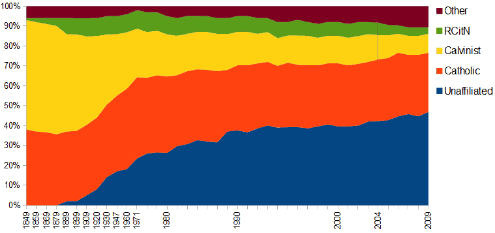
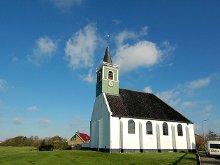

 The recent history of religion in the Netherlands is one of continuous secularisation. One interesting phenomenon of that process is ietsism (literally ‘somethingism’), the belief that something must be lurking behind reality, we just don’t know what it is.
The recent history of religion in the Netherlands is one of continuous secularisation. One interesting phenomenon of that process is ietsism (literally ‘somethingism’), the belief that something must be lurking behind reality, we just don’t know what it is.
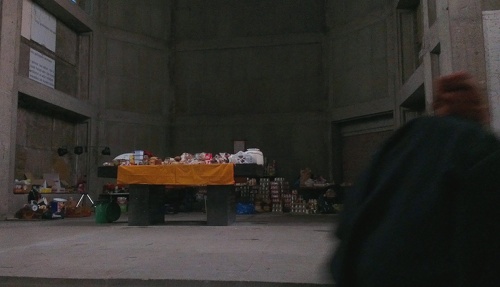

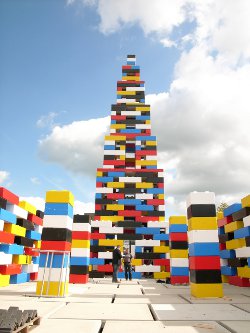 Well, it had to happen. Somebody had to take the famous stackable concrete blocks that are often used to create temporary barriers and paint them in the famous Lego colours.
Well, it had to happen. Somebody had to take the famous stackable concrete blocks that are often used to create temporary barriers and paint them in the famous Lego colours.